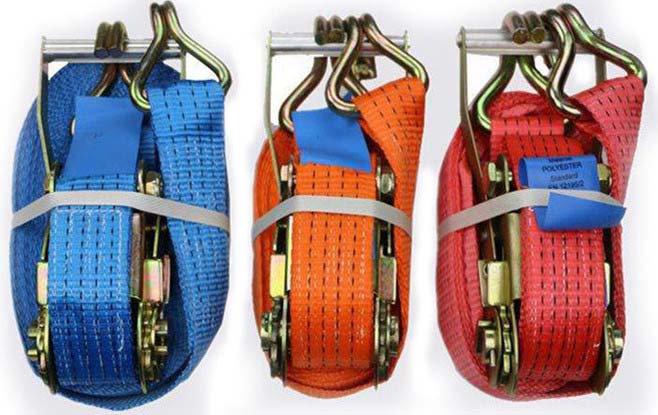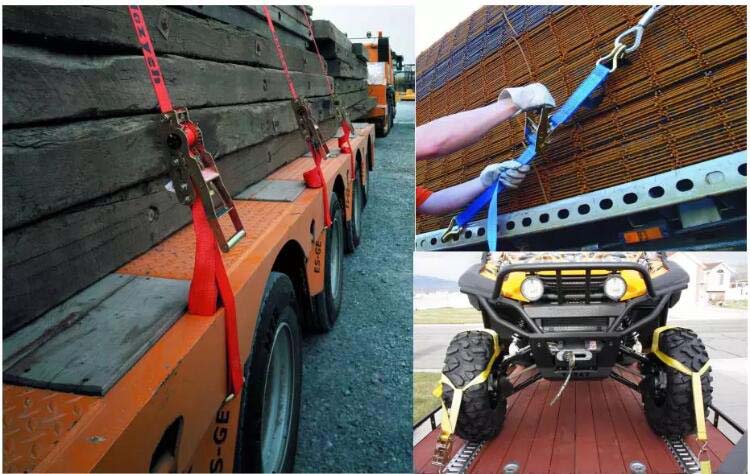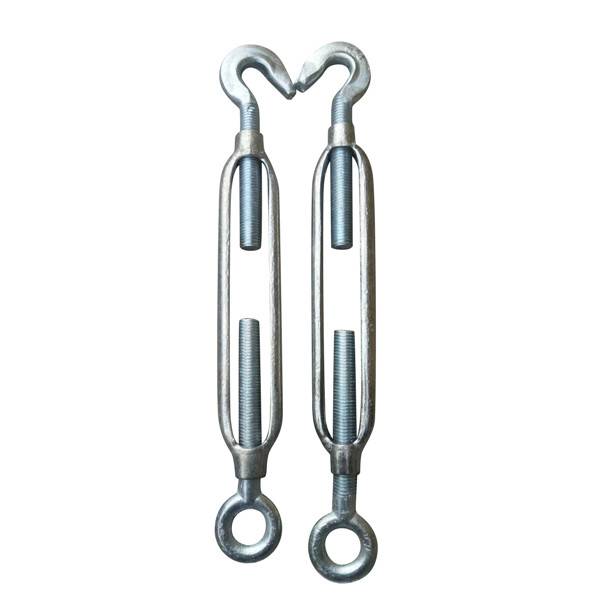Standard: according to EN12195:2000
Material: PP/100% polyester webbing
Width: according to customer’s requirement
Length: according to customer’s requirement
Strap color: yellow, blue, orange, pink and customized colors
Ratchet: plastic/steel/aluminum handle ratchet are all available

| Art. NO | Breaking Strength / kgs | Belt Width / mm | Total Length / m |
| ZS01-008 | 800 | 25 | 6~12 |
| ZS01-015 | 1500 | 25 | 6~12 |
| ZS01-02 | 2000 | 35/50 | 6~12 |
| ZS01-03 | 3000 | 35/50 | 6~12 |
| ZS01-04 | 4000 | 50 | 6~12 |
| ZS01-05 | 5000 | 50 | 6~12 |
| ZS01-08 | 8000 | 75 | 6~12 |
| ZS01-10 | 10000 | 100 | 6~12 |
Application
Ratchet Lashings are used for tying down loads whilst transporting , shifting or moving them.
They have replaced traditional jute ropes, chains and wires used for transportation and for a variety of other applications.

Advantages
- Load restraint using a tensioning device (ratchet).
- Effective and safe control of loads whilst transportation.
- Extremely quick and efficient tie down and release of load thus saving time.
- No damage to the load being tied down.
- The end hooks could be S hooks, J hooks, D rings, Delta ring, flat hooks etc.
Attention
- Only use undamaged ratchet lashing, the label indicating the capacity must be clearly legible.
- Ratchet lashings must not be overload.
- Do not tie knots in the webbing.
- Protect the webbing against abrasion and/or cutting by using edge protectors and sleeves for sharp edges.
- Avoid twisted positioning of the ratchet lashing.
- Do not place loads on the ratchet lashing, which could cause damage.
- Ratchet lashings should not be used as a load lifting gear.
A ratchet strap is a heavy-duty, adjustable tie-down device that is designed to securely fasten and transport loads in various settings. The strap features a durable webbing material that is resistant to abrasion and UV rays, as well as a sturdy ratcheting mechanism that allows for precise tensioning of the strap.
The ratcheting mechanism works by using a handle to crank the tension of the strap until it is tightened to the desired level. Once the desired level of tension is reached, the ratchet handle is locked into place, ensuring that the load remains securely in place during transport. The ratchet strap also features a range of end fittings, such as hooks, loops, and D-rings, which are used to attach the strap to the load and the transportation vehicle.
Ratchet straps come in various sizes, lengths, and load capacities, making them suitable for a wide range of applications. They are commonly used in transportation, construction, and manufacturing industries to secure loads such as heavy equipment, machinery, and building materials.
Using a ratchet strap is straightforward and can be done with minimal training. However, it is essential to use the right size and load capacity of the strap for the job at hand and to follow proper safety protocols to ensure the load remains stable during transportation.
Overall, a ratchet strap is a reliable and essential accessory for securing loads during transportation. With their durable webbing material and secure ratcheting mechanism, ratchet straps offer excellent load stability and protection, making them a must-have for any transport operation.















